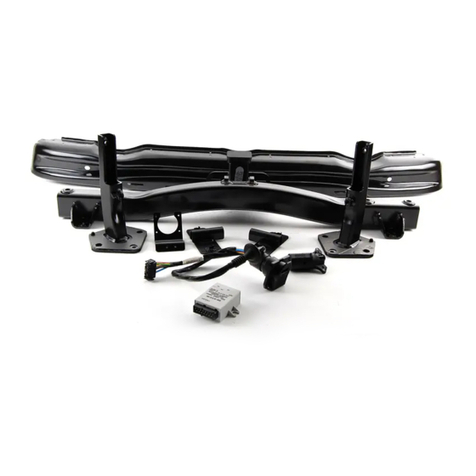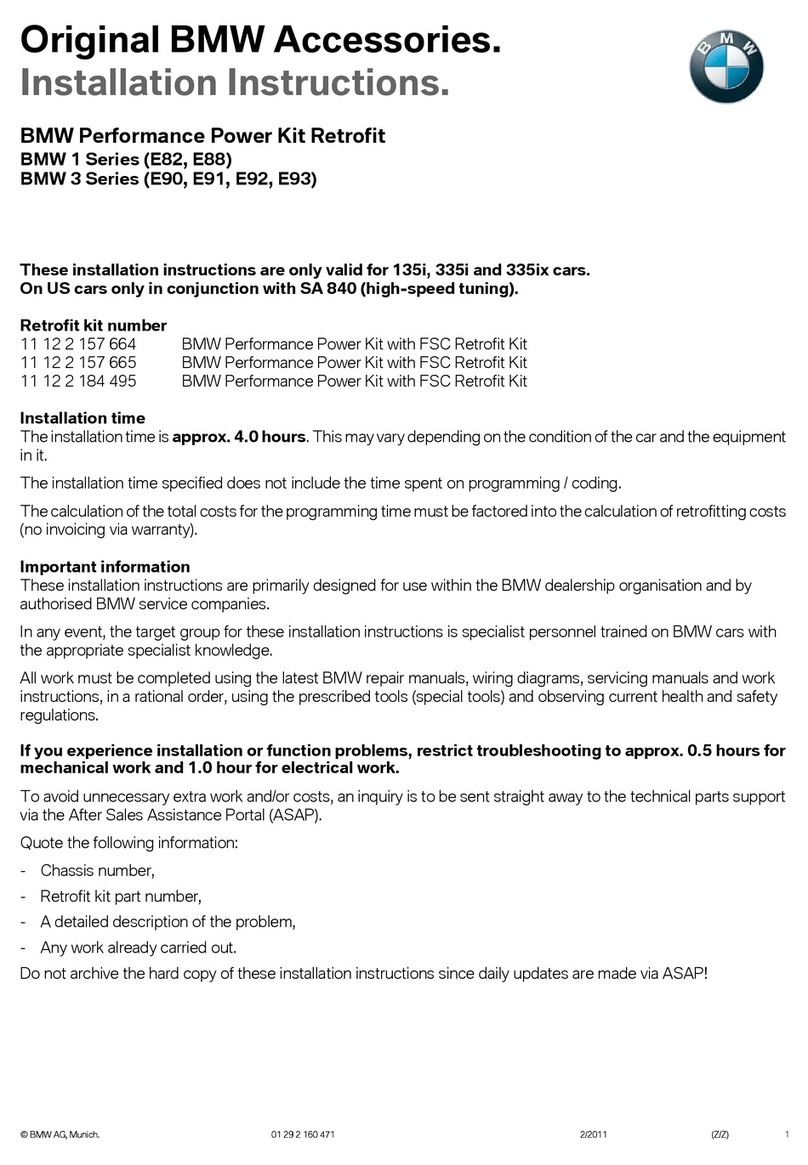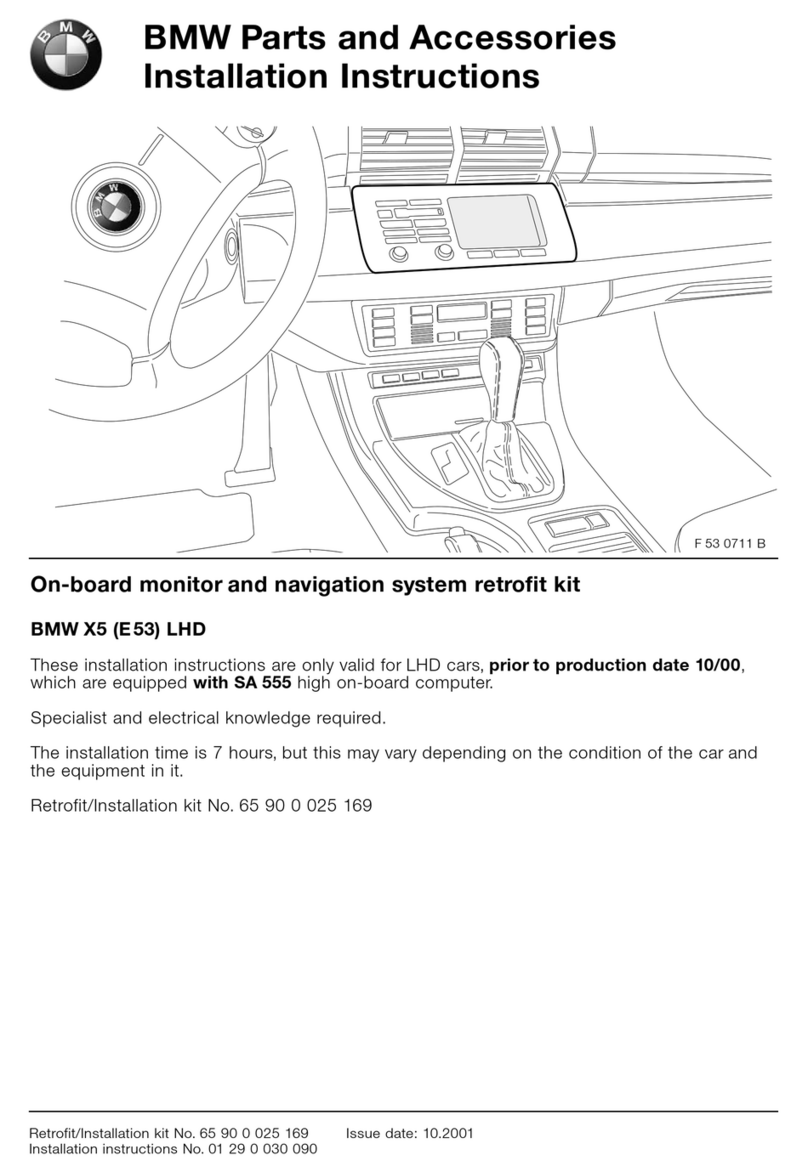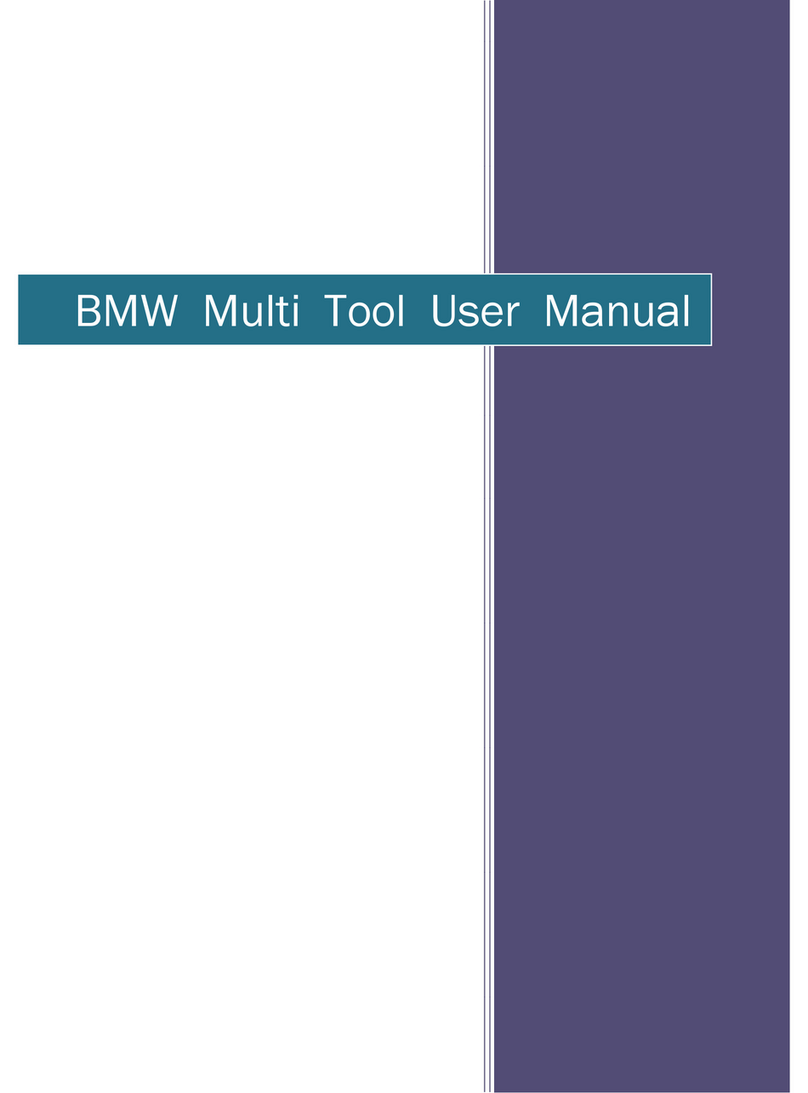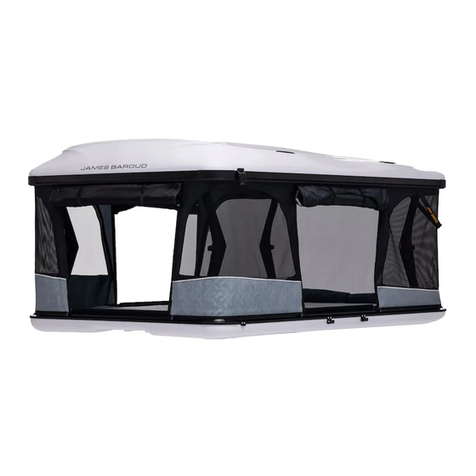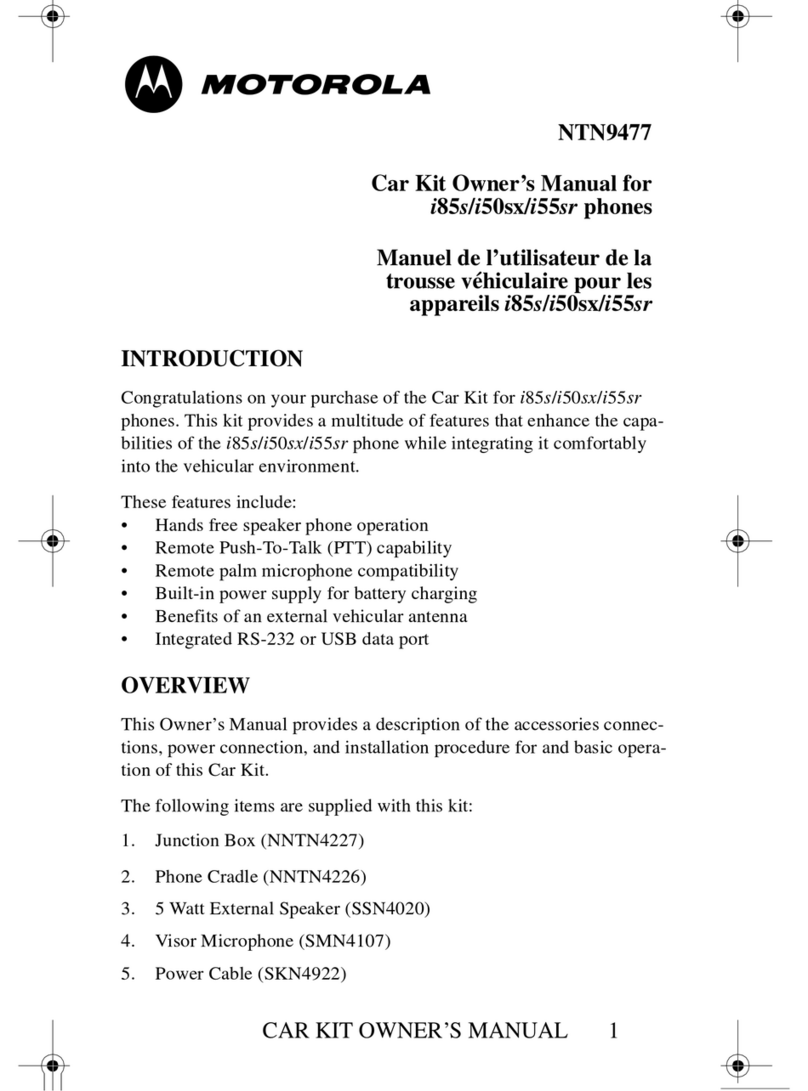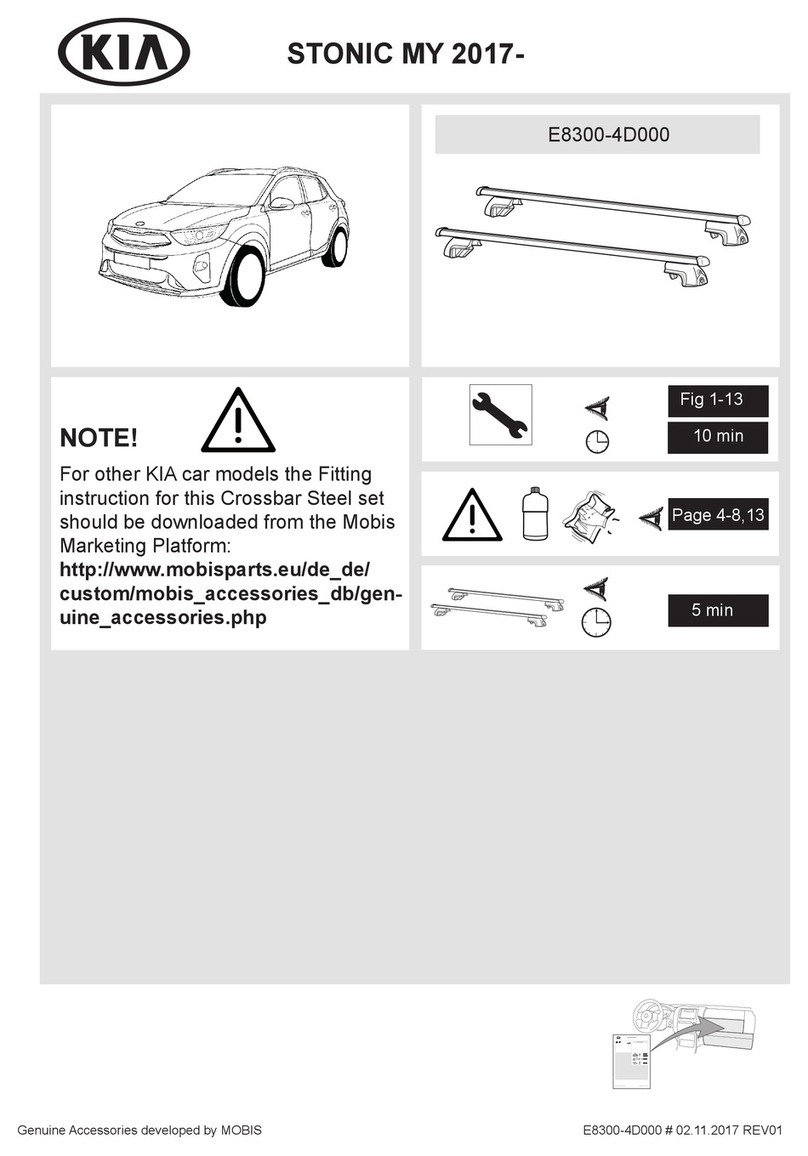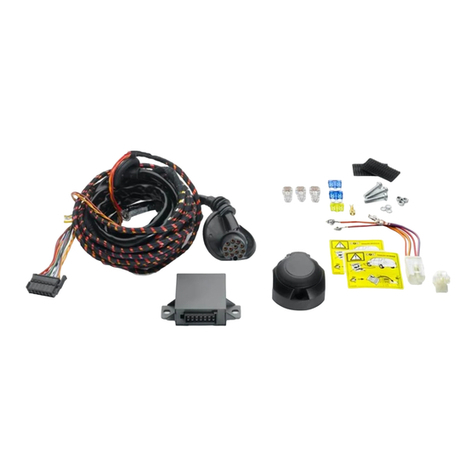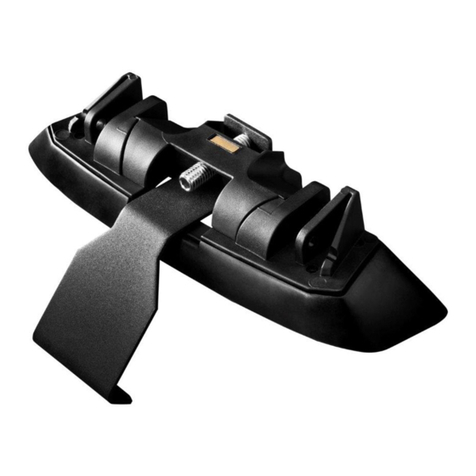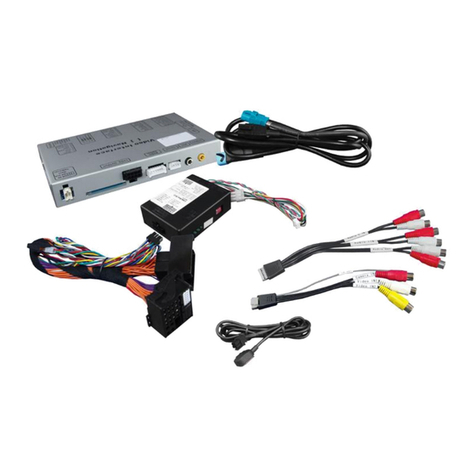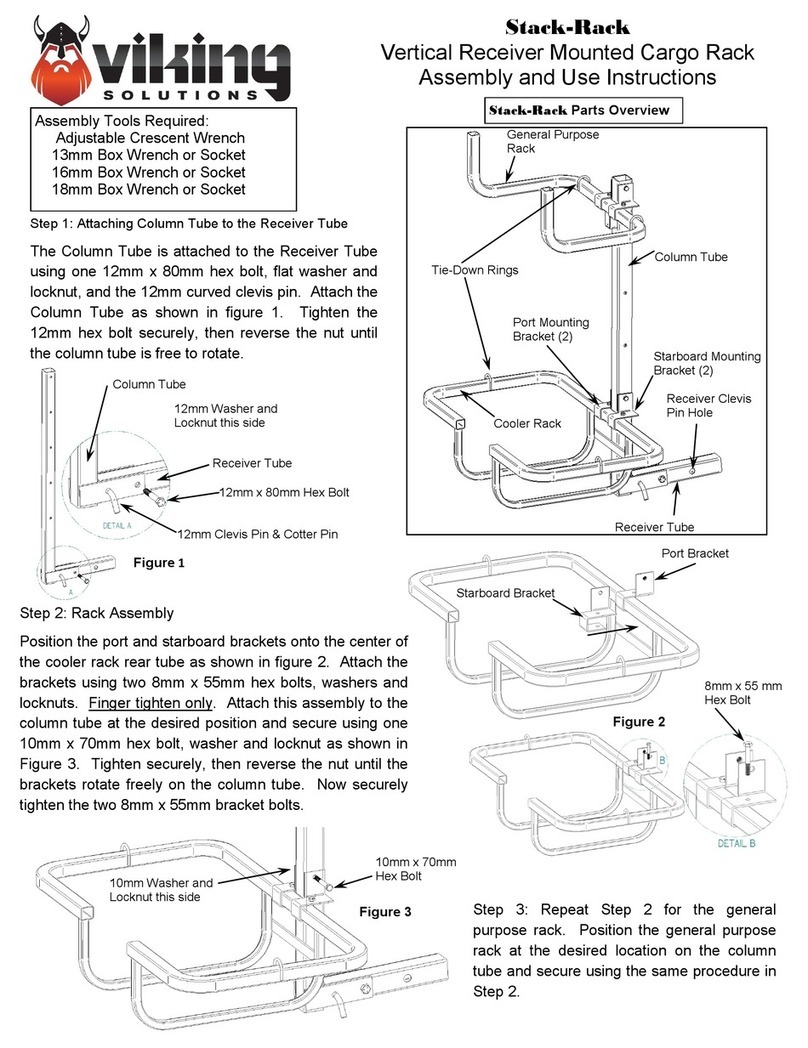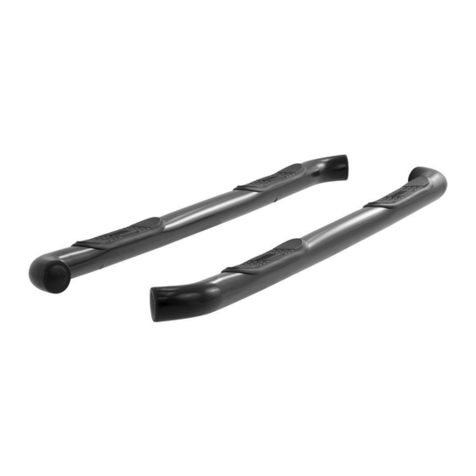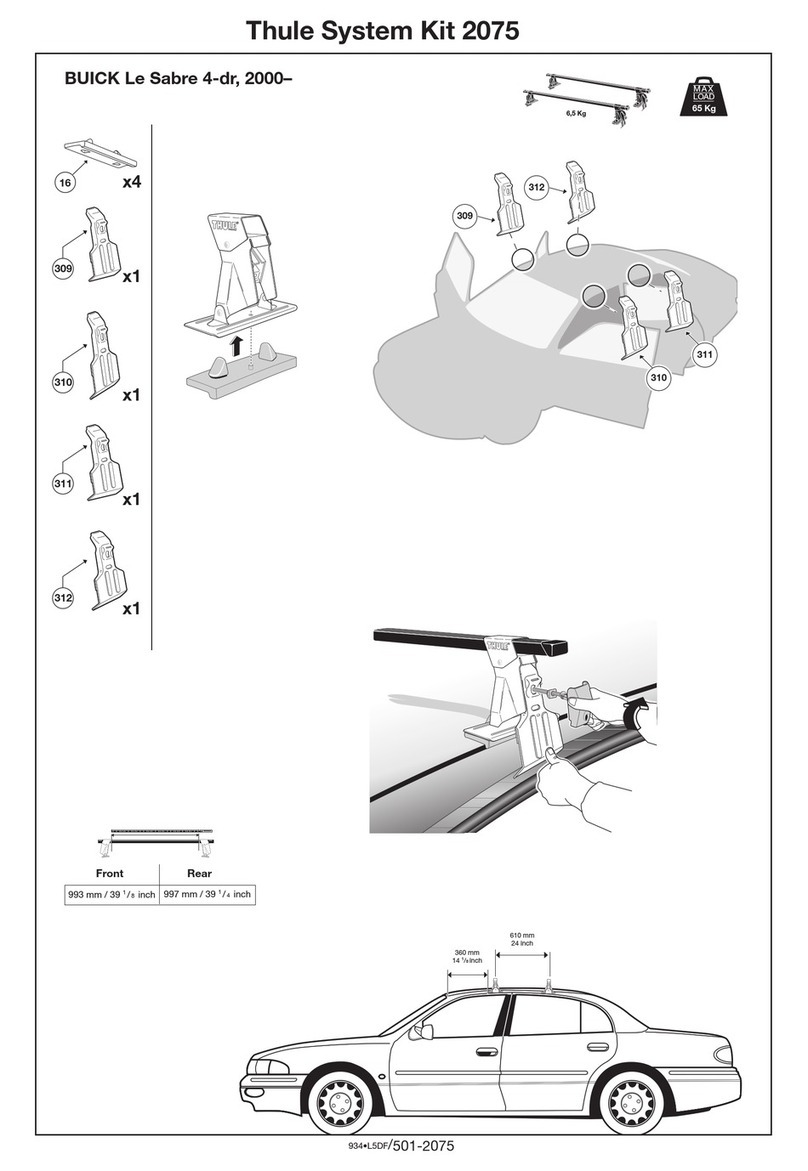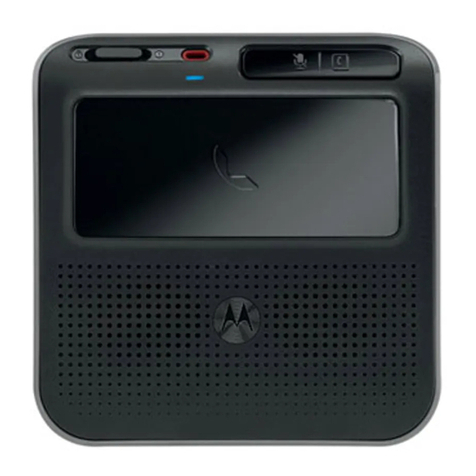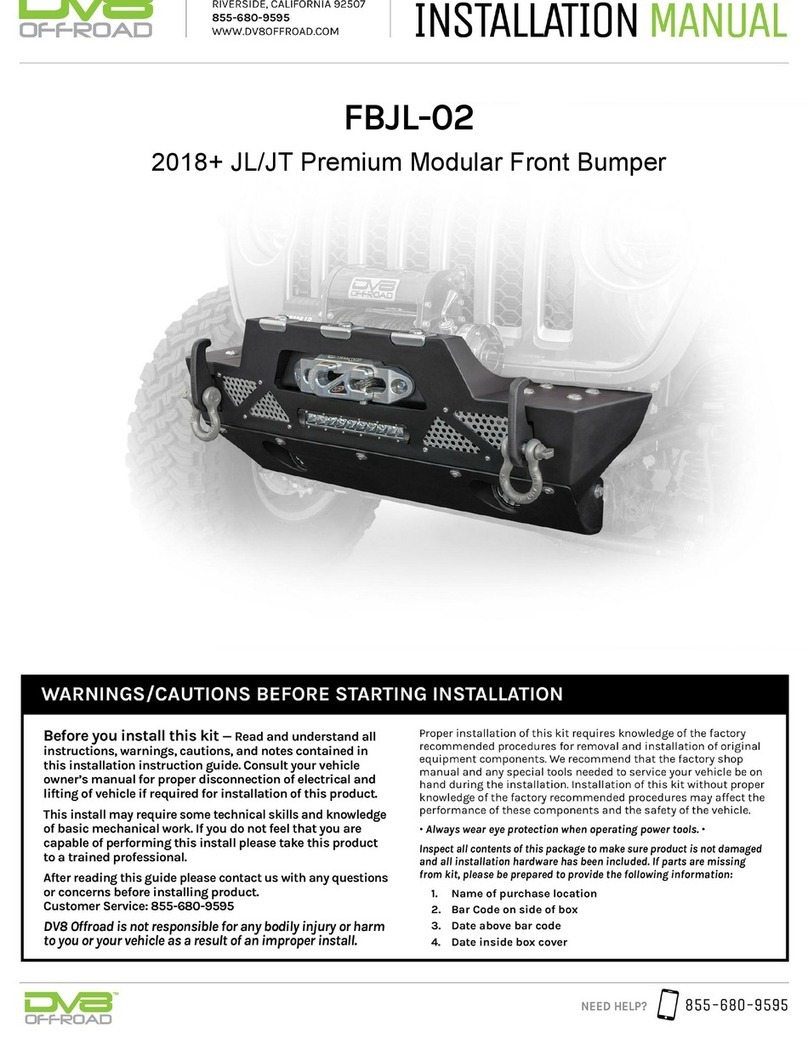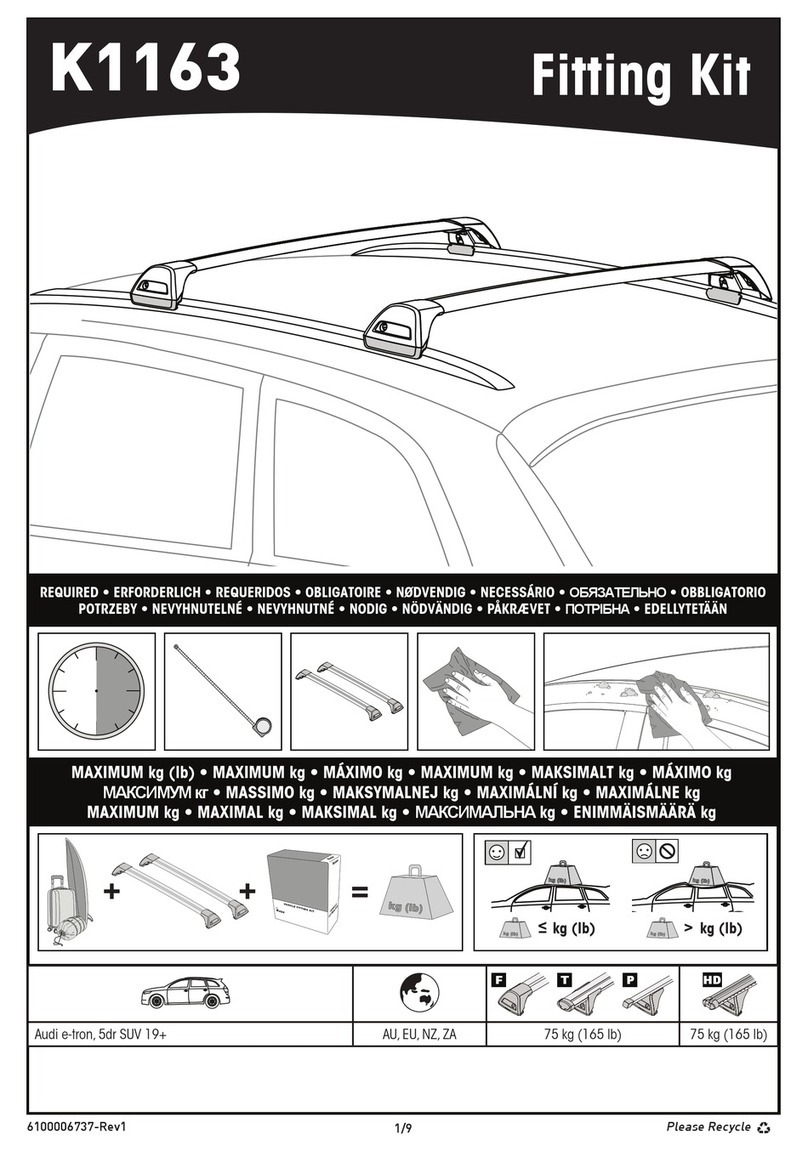Initial Print Date: 02/04
Table of Contents
Subject Page
BMW Universal BluetoothTM . . . . . . . . . . . . . . . . . . . . . . . . . . . . . . . . . . .3
Introduction . . . . . . . . . . . . . . . . . . . . . . . . . . . . . . . . . . . . . . . . . . . . . . . . . . . .3
What is BluetoothTM? . . . . . . . . . . . . . . . . . . . . . . . . . . . . . . . . . . . . . . . . . .3
Communication/Security . . . . . . . . . . . . . . . . . . . . . . . . . . . . . . . . . . . . . . . .4
Data and Voice . . . . . . . . . . . . . . . . . . . . . . . . . . . . . . . . . . . . . . . . . . . . . . . . .4
BluetoothTM Enabled Phones . . . . . . . . . . . . . . . . . . . . . . . . . . . . . . . . . . . . .4
Advantages of the ULF System . . . . . . . . . . . . . . . . . . . . . . . . . . . . . . . . .4
System Overview . . . . . . . . . . . . . . . . . . . . . . . . . . . . . . . . . . . . . . . . . . . . . . .5
ULF Control Module . . . . . . . . . . . . . . . . . . . . . . . . . . . . . . . . . . . . . . . . . . . .5
Oddment Tray . . . . . . . . . . . . . . . . . . . . . . . . . . . . . . . . . . . . . . . . . . . . . . . . . .6
Pairing Button . . . . . . . . . . . . . . . . . . . . . . . . . . . . . . . . . . . . . . . . . . . . . . . . . .6
BluetoothTM Antenna . . . . . . . . . . . . . . . . . . . . . . . . . . . . . . . . . . . . . . . . . . . .6
System Operation . . . . . . . . . . . . . . . . . . . . . . . . . . . . . . . . . . . . . . . . . . . . .6
Initial Operation . . . . . . . . . . . . . . . . . . . . . . . . . . . . . . . . . . . . . . . . . . . . . . . . .6
Pairing Procedure . . . . . . . . . . . . . . . . . . . . . . . . . . . . . . . . . . . . . . . . . . . . . . .7
Indicator Lamps . . . . . . . . . . . . . . . . . . . . . . . . . . . . . . . . . . . . . . . . . . . . . . .10
Adopting Telephone Book . . . . . . . . . . . . . . . . . . . . . . . . . . . . . . . . . . . . . .10
Placing a Call . . . . . . . . . . . . . . . . . . . . . . . . . . . . . . . . . . . . . . . . . . . . . . . . .10
Receiving/Accepting a Call . . . . . . . . . . . . . . . . . . . . . . . . . . . . . . . . . . . . .11
Conducting a Call . . . . . . . . . . . . . . . . . . . . . . . . . . . . . . . . . . . . . . . . . . . . .12
Ending a Call . . . . . . . . . . . . . . . . . . . . . . . . . . . . . . . . . . . . . . . . . . . . . . . . .13
Transfer Active Call From Phone to ULF . . . . . . . . . . . . . . . . . . . . . . . . .13
Transfer Active Call from ULF to Phone . . . . . . . . . . . . . . . . . . . . . . . . . .14
Linking Several BluetoothTM Mobile Phones . . . . . . . . . . . . . . . . . . . . . .14
Deleting Devices . . . . . . . . . . . . . . . . . . . . . . . . . . . . . . . . . . . . . . . . . . . . . .14
Technical Information . . . . . . . . . . . . . . . . . . . . . . . . . . . . . . . . . . . . . . . .15
System Overview . . . . . . . . . . . . . . . . . . . . . . . . . . . . . . . . . . . . . . . . . . . .16
Voice Recognition . . . . . . . . . . . . . . . . . . . . . . . . . . . . . . . . . . . . . . . . . . . . .16
Coding ULF Control Module to Vehicle . . . . . . . . . . . . . . . . . . . . . . . . . .16
Function Test . . . . . . . . . . . . . . . . . . . . . . . . . . . . . . . . . . . . . . . . . . . . . . . . .17
BMW Universal BluetoothTM
Revision Date:
